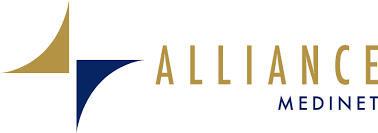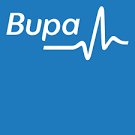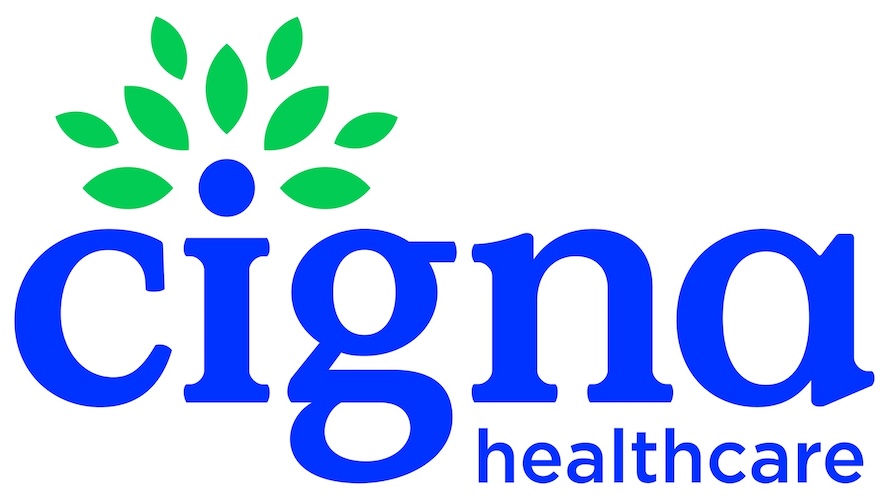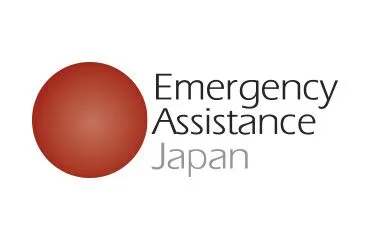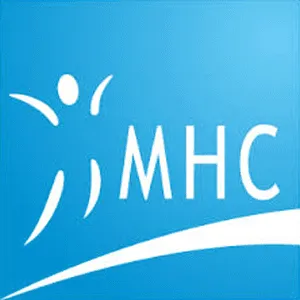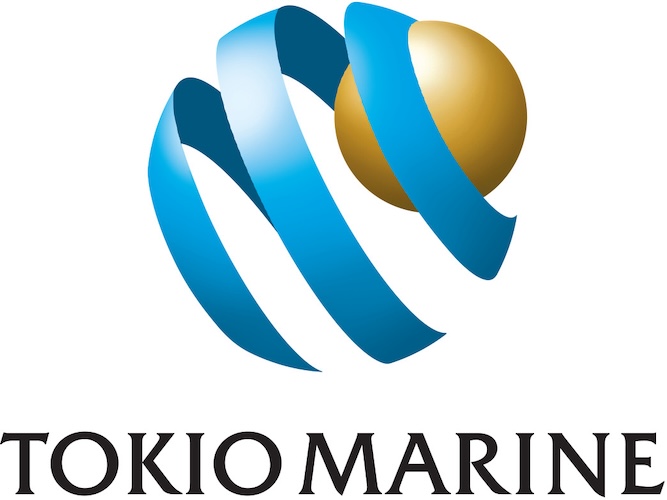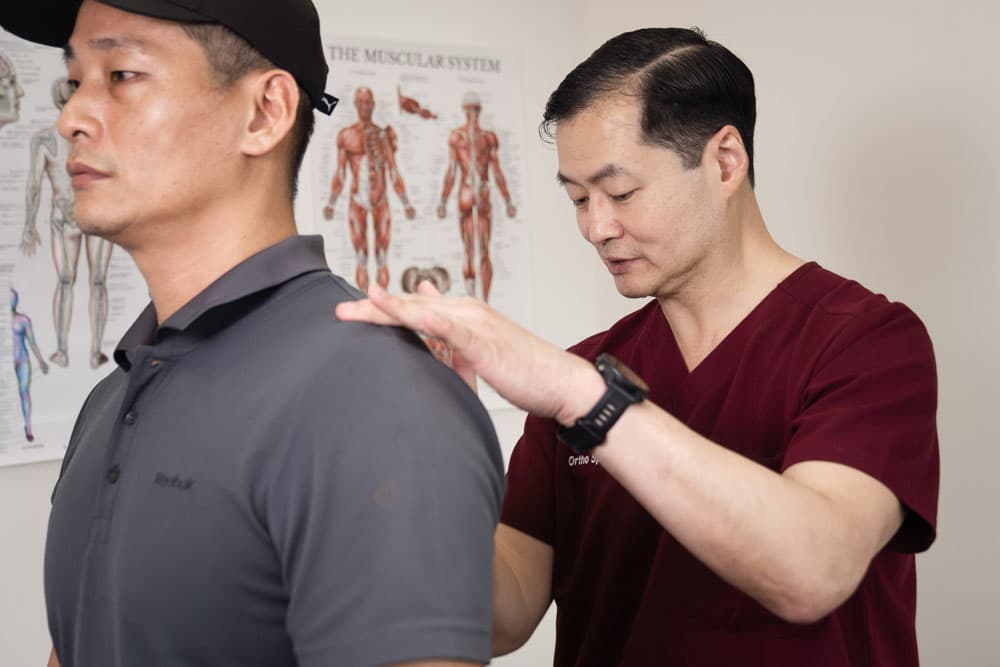What is Scoliosis
Scoliosis is a condition where the spine curves sideways in an abnormal “S” or “C” shape. This can develop during growth spurts in adolescence or later in life due to degenerative changes in the spine. While mild curves may not cause any issues, more severe cases can affect posture, breathing and physical function.
There are several types of scoliosis: idiopathic (most common), congenital (present at birth) and degenerative (age-related). The severity of scoliosis is typically measured in degrees using X-rays, which help determine the need for treatment.
Scoliosis treatment is based on multiple factors, including age, curve severity and the presence of symptoms. Early detection allows for more conservative options, while more pronounced curves may require surgical consideration. At Ortho Spineworks, a structured evaluation by a spine specialist in Singapore helps guide this process.
Understanding the type and degree of curvature is the first step in managing scoliosis. Whether the goal is observation, physical therapy or surgery, care should be tailored to the individual’s condition and lifestyle needs.
Symptoms of Scoliosis
Scoliosis may be subtle in the early stages, especially in adolescents. As the curve progresses, more visible and physical symptoms can appear. Recognising these signs early can help in initiating timely intervention.
Common symptoms of scoliosis include:
In adults, back pain can become a dominant symptom, particularly in cases of degenerative scoliosis. For those experiencing discomfort, seeking scoliosis treatment can help manage pain and prevent further curve progression.
Causes of Scoliosis

The causes of scoliosis differ based on the type and age of onset. Most cases are idiopathic, meaning the exact cause is unknown, especially in adolescents. However, other forms are associated with developmental or age-related changes.
Common causes include:
- Idiopathic scoliosis often develops during adolescence with no known cause
- Congenital scoliosis is due to abnormal vertebral formation during fetal development
- Neuromuscular scoliosis is associated with conditions like cerebral palsy or muscular dystrophy
- Degenerative scoliosis occurs in adults due to spinal wear and tear, disc degeneration or osteoporosis.
In adults, changes in spinal alignment may result from natural ageing processes. This can lead to pain, instability and reduced mobility. If symptoms develop, consulting our spine specialist can help determine whether the curve is structural or related to degeneration.
Diagnosis of Scoliosis
Diagnosing scoliosis begins with a clinical evaluation, including a physical exam and detailed patient history. Our spine surgeon will look for visible asymmetries, such as uneven shoulders or hips, and may ask you to bend forward to assess spinal alignment.
Imaging tests are crucial for diagnosis and treatment planning.
These may include:
- X-rays: The primary tool to measure the degree of spinal curvature (Cobb angle)
- MRI: Used if there are concerns about the spinal cord or nerves
- CT scans: Occasionally used for more detailed spine imaging
At Ortho Spineworks, Dr. Gamaliel Tan, a scoliosis specialist in Singapore, conducts comprehensive assessments to determine the curve’s severity, flexibility and impact on daily life. This forms the foundation for deciding whether observation, bracing or surgery is appropriate.
Early and accurate diagnosis is essential. For patients looking for a reliable scoliosis clinic, timely evaluation can lead to better long-term outcomes with more targeted care strategies.
Scoliosis Treatment in Singapore
Treatment depends on the type and severity of the curve, as well as the patient’s age and symptoms. For many individuals, a non-surgical approach is effective in managing scoliosis and preserving function.
Non-surgical options:
- Physical therapy to strengthen core and postural muscles
- Bracing (especially in adolescents to prevent curve progression)
- Pain management with medications
- Activity modification and posture correction
Surgical options may be considered for curves greater than 40–50 degrees or when symptoms significantly impact quality of life. These include spinal fusion, instrumentation or corrective procedures to stabilise the spine.
Dr. Gamaliel Tan, a spine specialist, is experienced in both conservative care and surgical intervention for scoliosis. Each patient is evaluated thoroughly before a treatment plan is recommended.
For those seeking effective scoliosis treatment, it is important to select a clinic that provides individualised plans supported by careful assessment and clear communication.
Treatment Costs
The cost of scoliosis treatment in Singapore varies depending on the approach, severity and patient needs. Treatment is always tailored on a case-by-case basis.
Estimated costs include:
- Initial consultation: SGD 150–300
- X-rays and diagnostic imaging: SGD 100–600
- Physiotherapy sessions: SGD 150–250 per visit
- Bracing (if required): SGD 2,000–4,000
- Surgical treatment: SGD 60,000–85,000 (depending on complexity, hospital stay, and surgeon’s fees)
Some components may be claimable under MediSave or insurance policies. Accurate cost estimates are obtained during the consultation process, once the appropriate treatment pathway has been discussed.
Discussing expected costs with our scoliosis clinic ensures clarity before proceeding with treatment. Ortho Spineworks aims to provide transparency and guidance at every stage.
Recovery Timeline
Recovery from scoliosis treatment depends on the method used.
For non-surgical treatment:
- Patients may experience improvement in posture and pain over weeks to months with physiotherapy and lifestyle adjustments
- Bracing typically requires several months to years of consistent wear, especially in adolescents
After surgical treatment:
- Hospital stay may last 3–5 days
- Return to light activities may occur in 4–6 weeks
- Full recovery may take 3–6 months, depending on the surgery and the patient’s condition
Dr. Gamaliel Tan oversees each stage of recovery. As a scoliosis specialist, he provides individualised post-treatment care to support recovery and restore function.
Choosing a dedicated scoliosis clinic can make a difference in achieving steady, supported recovery. Patients are encouraged to follow structured rehabilitation plans, attend follow-up appointments and monitor any changes in mobility or symptoms.
Why Choose Ortho Spineworks?
Ortho Spineworks offers structured care for spine conditions, including scoliosis. Led by Dr. Gamaliel Tan, the clinic evaluates both non-surgical and surgical pathways tailored to individual needs.
What patients can expect:
- Careful assessment of spinal curvature and symptoms
- Diagnostic imaging and personalised treatment discussions
- Guidance on non-surgical options such as physiotherapy and bracing
- Clear explanation of surgical procedures and recovery expectations
- Follow-up care and monitoring
Ortho Spineworks aims to support patients throughout the evaluation, treatment and recovery process with evidence-based care plans.
Frequently Asked Questions
Treatment options include physiotherapy, bracing and surgery. The choice depends on age, type of scoliosis, and curve severity.
If you notice uneven shoulders, hips or persistent back pain, it may be time to consult a scoliosis specialist for a spine assessment and imaging.
The cost ranges from a few hundred dollars for consultations and imaging to over SGD 30,000 for surgery. The final cost depends on the treatment plan, hospital and insurance coverage.
No. Many patients are treated non-surgically. Surgery is usually considered when the spinal curve exceeds 40–50 degrees or causes pain or functional issues.
Yes. Adult scoliosis treatment is available and typically addresses pain, degeneration, and mobility. Our spine specialist can assess whether physiotherapy or surgery is more appropriate.
A scoliosis clinic focuses on spine-specific assessments and offers tailored treatment options, including bracing, therapy and surgical consultation.
Initial recovery takes about 4–6 weeks, but full healing can take 3–6 months. This depends on the surgical method used and the individual recovery response.
Many procedures and diagnostics may be covered under MediSave or private insurance, depending on the plan. It’s advisable to check coverage before treatment.
Our Specialist
About Gamaliel Tan
MBBS (S'pore), MMED (S'pore), FAMS (Ortho), FRCS (Edin)Dr Gamaliel Tan is a spine surgeon in Singapore with over 25 years of experience in designing and providing effective solutions for different orthopaedic problems. He specialises in spine surgery and has experience in endoscopic spine surgery and motion preservation spine procedures (artificial disc replacements).
Qualifications and Achievements
- Head of Department, Department of Orthopaedics | NTFGH 2009 - 2018
- Council member of the AOSpine East Asia group 2017 – 2020
- Head of the Spine Division | NTFGH 2009 - 2023
- Group Chief Medical Informatics Officer (GCMIO) | NUHS 2020-2023
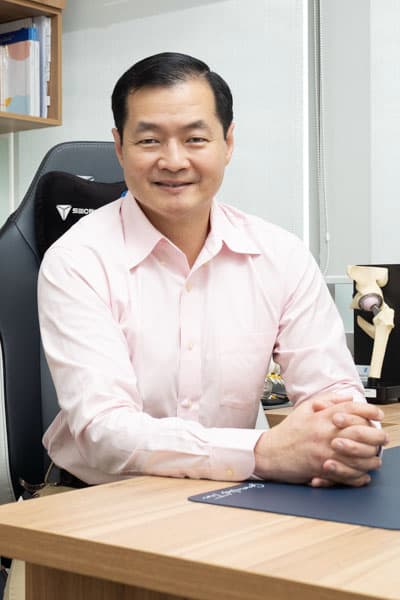
Accreditations

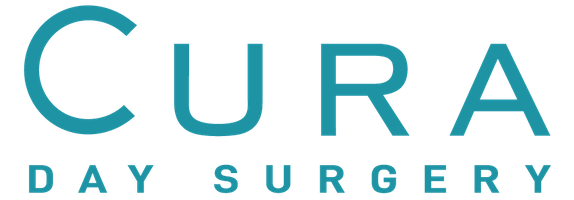

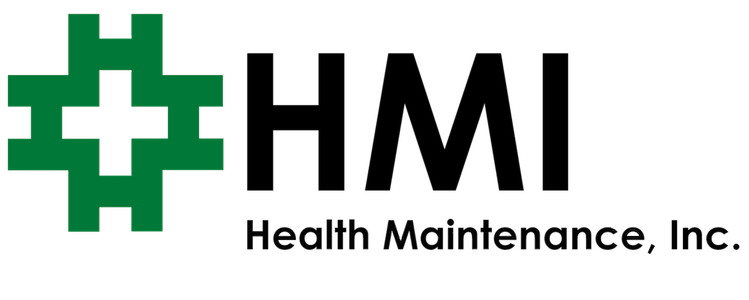





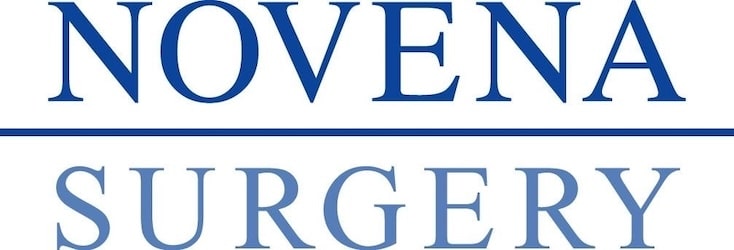
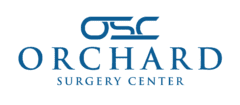
Integrated Shield Plans


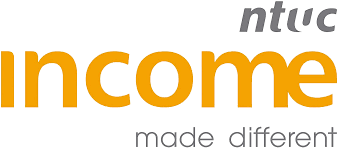
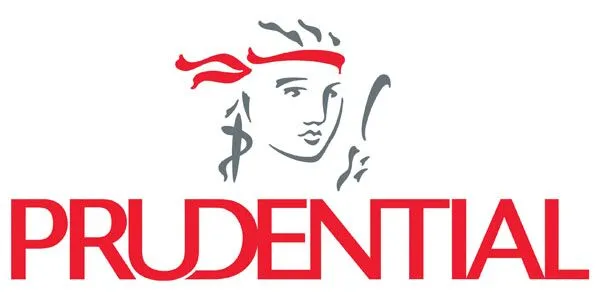


Corporate insurance


